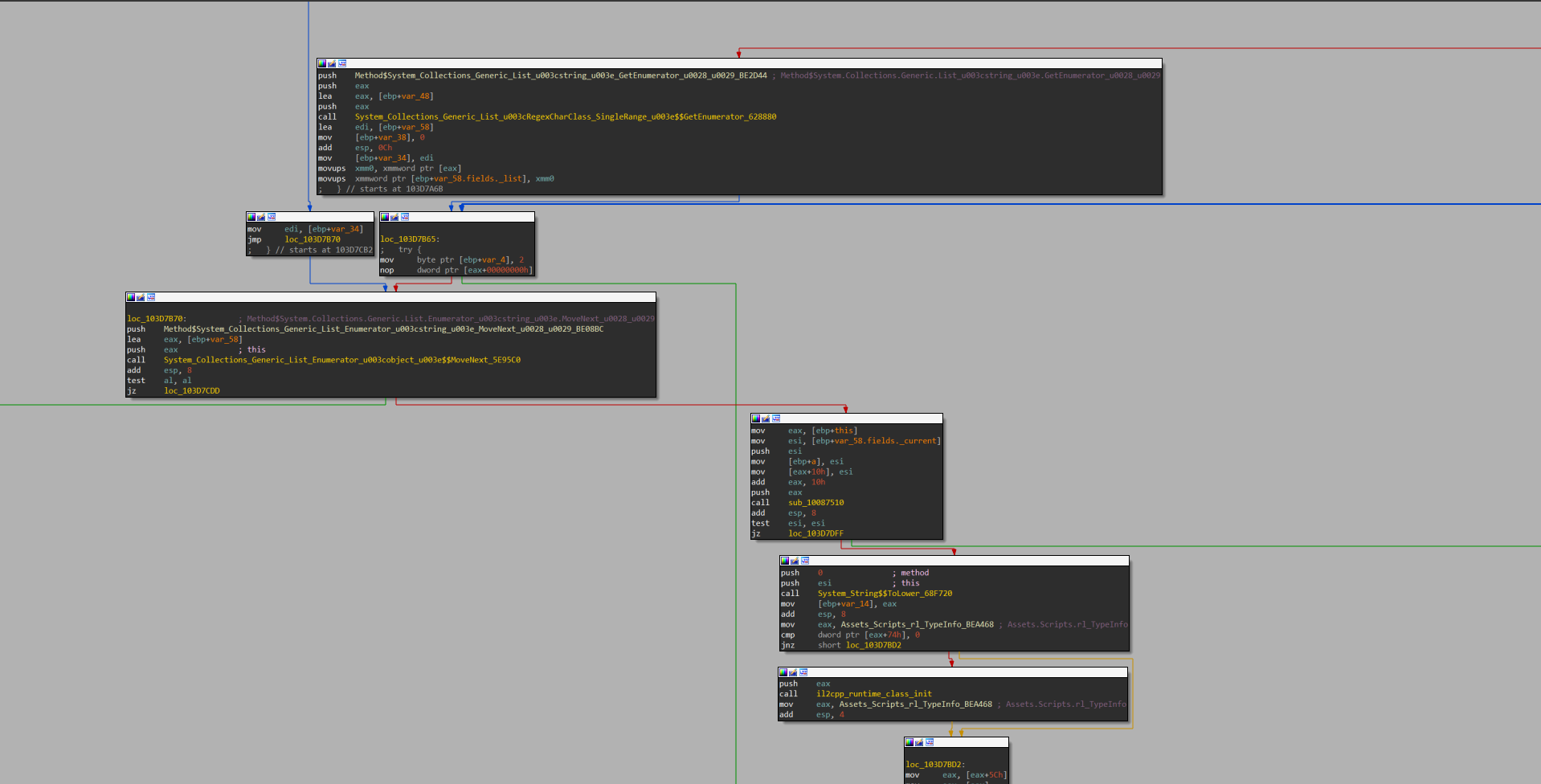Getting started with Reverse Engineering

Reverse engineering in the context of software systems involves analyzing a program to understand its structure, functionality, and behavior. This process can be applied to various types of software, including applications, libraries, and even entire operating systems. The goal is to gain insights into how the software works, which can be useful for debugging, security analysis, or even creating compatible software.
When you can reverse engineer something?
Reverse engineering requires you to first understand one or more programming languages, as well as the underlying architecture of the system you are analyzing. This knowledge is essential for interpreting the code and understanding how it interacts with the system's hardware and software components. If you don't have a solid foundation in programming, it can be challenging to effectively reverse engineer software. However, you can start learning programming languages like Python, C, or JavaScript, which are commonly used in software development and reverse engineering.
Finding a target
To begin reverse engineering, you need a target software system. This could be an application you use daily, a game you play, a crackme, or even a piece of malware. The key is to choose a target that interests you and is within your skill level. Sites like Crackmes provide a collection of challenges specifically designed for reverse engineering practice. These challenges range from simple to complex, allowing you to gradually improve your skills.
Tools and Techniques
Once you have a target, you'll need the right tools to analyze it. Common tools for reverse engineering include disassemblers, debuggers, and decompilers. These tools help you break down the software into its components, allowing you to examine the code and understand its functionality. Some popular tools include Ghidra, IDA Pro, and x64dbg. Each tool has its strengths and weaknesses, so it's worth exploring different options to find the one that suits your needs best. Once you familiarize yourself with the tools, you can start applying various techniques to analyze the software. This may involve examining the code flow, identifying key functions, and understanding how data is processed within the system. You can also use static analysis to inspect the code without executing it, or dynamic analysis to observe the software's behavior during runtime.
Learning Resources
To enhance your reverse engineering skills, consider exploring online resources, tutorials, and communities dedicated to this field. Websites like Reddit's Reverse Engineering community and Reverse Engineering Stack Exchange provide valuable insights, discussions, and answers to common questions. Additionally, books like "Practical Reverse Engineering" and "Reversing: Secrets of Reverse Engineering" can serve as excellent references for both beginners and experienced practitioners.
Practice and Experimentation
The best way to improve your reverse engineering skills is through practice and experimentation. Start with simple challenges and gradually work your way up to more complex software systems. Don't be afraid to make mistakes; they are an essential part of the learning process. As you gain experience, you'll develop a deeper understanding of how software works and become more proficient in reverse engineering techniques.
Don't expect to be an expert overnight!
Remember that reverse engineering is a skill that takes usually a lot of time to develop. Be patient with yourself and embrace the learning journey. With dedication and practice, you'll become more comfortable with reverse engineering concepts and techniques, allowing you to tackle increasingly challenging software systems.
Don't fall into "Drag-and-Drop" tutorials!
While there are many tutorials available that promise quick results by using ready-made tools and scripts, it's essential to approach reverse engineering with a mindset of understanding rather than just following instructions. Instead of relying solely on drag-and-drop tutorials, focus on learning the underlying principles and techniques. This will help you develop a solid foundation and enable you to tackle more complex challenges in the future.
Conclusion
Reverse engineering is a fascinating and valuable skill that allows you to explore the inner workings of software systems. By understanding how software operates, you can gain insights into its functionality, identify vulnerabilities, and even create compatible solutions. Remember to start with a solid foundation in programming, choose interesting targets, and utilize the right tools and techniques. With practice and dedication, you'll become proficient in reverse engineering and unlock the secrets of software systems.